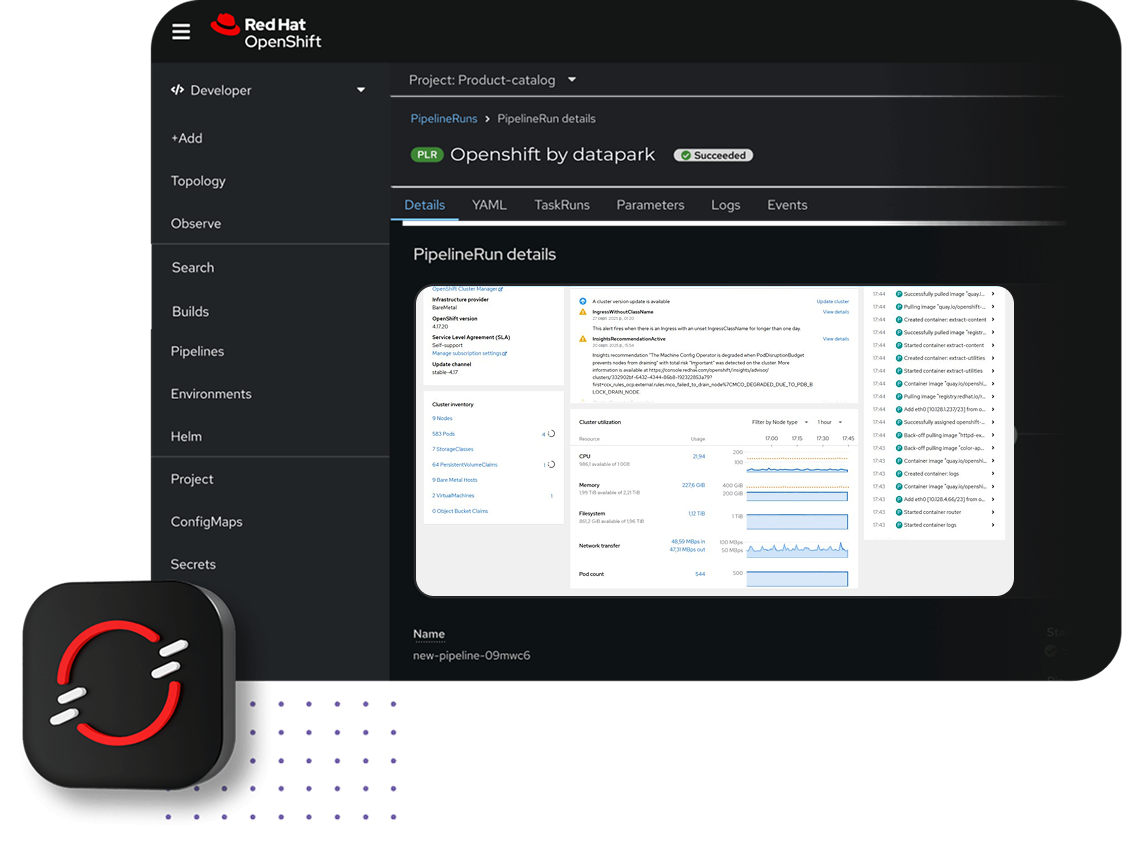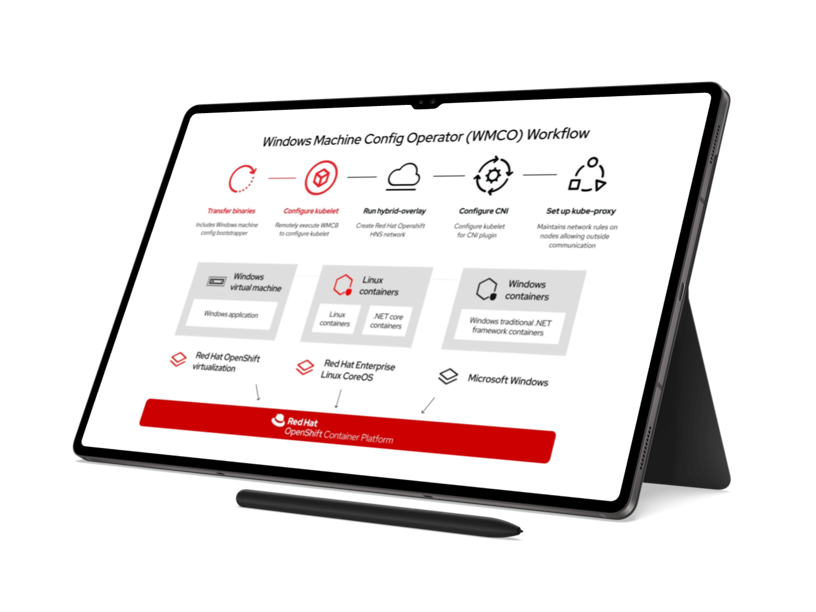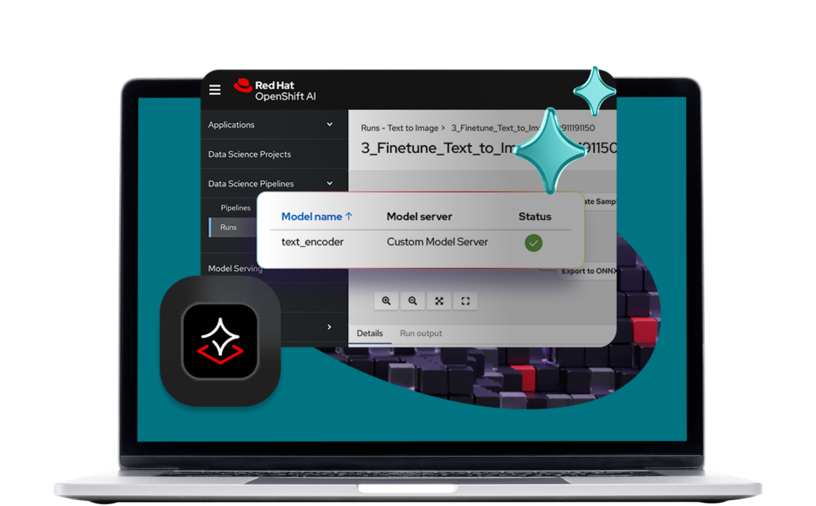Advantages of Microservices
Flexible IT operations – modules work independently and perform specific business functions, enabling fast updates and seamless system expansion
Backup and DRaaS ensure uninterrupted operations even if one of the sites becomes unavailable
Use built-in services for development, automation, and operations across any cloud environment such as Azure, Google Cloud, or IBM Cloud
Microservices for Business
Ready-to-use Solution
Built on top of the Red Hat OpenShift Container Platform, deployed according to the DELL reference design, and adapted to the realities of Ukrainian IT
Integrated Services
Faster Development
Teams can work independently from one another, allowing multiple directions to evolve in parallel and reach the market faster. This reduces coordination time and minimizes delays between development stages.
Simplified Testing
Smaller services are easier to test, and errors are detected more quickly. This improves product quality and makes the debugging process more predictable.
Containerization and CI/CD
You can launch new container instances in minutes — no need for additional hardware. Scaling happens only where it’s needed, keeping your resources efficient.
With containerization and automated CI/CD pipelines, deployments become faster, more reliable, and fully streamlined.
Optimized Use of Cloud Resources
Load balancing across containers ensures more efficient use of existing infrastructure. This helps prevent overspending and keeps operations stable even during peak demand.
Flexible Scalability
New instances can be launched within minutes — no need for physical hardware. Scaling happens selectively, only where it’s needed, minimizing unnecessary expenses.
Reduced Infrastructure Maintenance Costs
Fewer physical servers mean lower energy consumption, maintenance, and repair costs. Virtualization enables precise resource planning and helps avoid downtime.
Faster Project Launch
A testing or pilot environment can be created within days — or even hours. This allows businesses to validate ideas quickly and move forward with new initiatives without delay.
Localized Failures
Issues within a single service do not disrupt the entire system — they affect only a limited part of the functionality. This allows faster incident response and reduces the risk of large-scale outages.
High Availability and Scalability
Mission-critical services can be deployed in multiple instances with load balancing between them. This ensures stable operation even during traffic spikes or increased user demand.
Automated Recovery
In the event of a failure, the system can automatically restart the service or shift the load to other instances. This minimizes downtime and reduces the need for manual administrator intervention.
Continuous Updates
Microservices can be updated gradually without interrupting business operations. This enables faster delivery of new features and prevents major disruptions during releases.
Crisis Readiness
Services can be quickly restored in another data center or cloud in case of an emergency. This approach simplifies disaster recovery planning and strengthens business resilience against unforeseen events.
Right-Size Your Infrastructure
Microservices allow you to invest only in the parts of the system that truly require additional resources. This helps avoid overpaying for unnecessary scalability and ensures more rational use of cloud services.
Smarter Teamwork
Smaller teams can manage their own services independently without waiting for support from other departments. This increases productivity and reduces coordination overhead.
Clear Cost Insights
Each service tracks its own resource usage, providing clear visibility into where the budget is spent. This makes it easier to set priorities and evaluate return on investment.
Less Downtime, Lower Costs
Fewer outages mean fewer losses for the company. Rapid updates and shorter development cycles also help reduce the costs associated with long-term projects.




